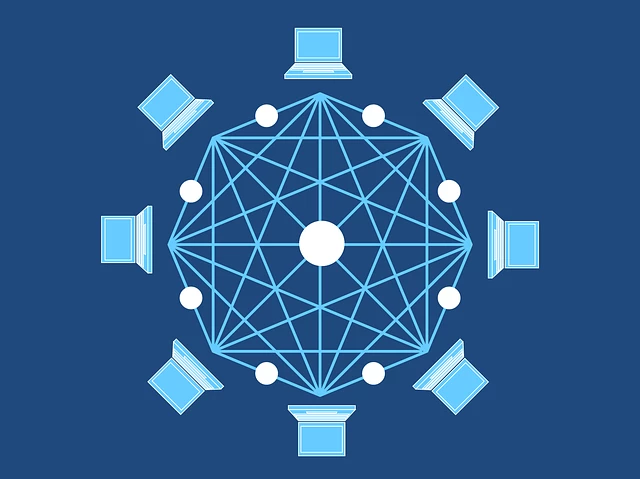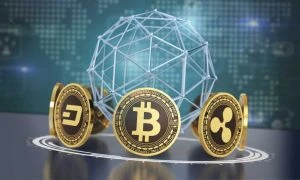Swaps?
The past few months have proven to be exciting times for Bitcoin and other cryptoassets. Many observers have drawn similarities between recent events and the bull run of 2017. Satoshi Nakamoto’s dream for a potential reserve ‘currency’ seems to have transcended with the benefit of helping curb inflation. We have seen many digital assets increase in volume, market capitalisation and price.
With the rapid progress seen by the crypto industry, there has been discord over the sustainability of cryptocurrencies as an alternative ‘currency’ and store of wealth. Scrutiny regarding the volatility, energy consumption and varying transaction fees for both Bitcoin and Ethereum networks. However, similarly to the developing stages of the internet, blockchain technologies continue to evolve and improve their ability to address the current issues.
In January 2021, the number of unique Bitcoin wallet addresses reached the staggering figure of 22.3 million setting an all-time high. The assets’ snowballing appeal is without a doubt attracting interest from both long-term investors and newcomers. In the last few years, we’ve observed the challenges and improvements with cryptoasset purchases, as the network continues its development. Included amongst these innovations is Atomic Swap.
Atomic Swap is a decentralised technology that utilises a smart contract to exchange different blockchain assets. Whereby control of one users’ cryptoassets is not given up until they have control of the opposing asset. Additionally, if you’re not familiar with smart contracts, they are programmed computer algorithms that execute commands once certain conditions are met.
Devised in 2013 by Tier Nolan, the technology was very much in limbo until 2017 when Charlie lee the founder of Litecoin, posted a tweet about a cross chain Atomic Swap he executed with Litecoin and Bitcoin. Since 2017, Atomic Swaps have gradually improved, to provide a truly decentralised cryptoasset exchange method.
Over the few years, the concept of atomic swaps has continued to evolve while fundamentally maintaining the same protocol and principles as whole. In a time where centralised exchanges are constantly having to keep pace with increasing trading fees, KYC requirements and potential security breaches or network hacks, atomic swaps are providing an alternative that has a valid capability to address some issues
Though the concept of these swaps is addressing some issues, they come with inherent limitations. Mining fees on a network can impact the cost of transactions made to contract addresses. If these costs are considerably high, then the swap may not be profitable or viable.
Though more and more of these platform are entering the market, support may not be as great should things go wrong due to the decentralised nature and require some understanding of blockchain and transactions on the networks.




